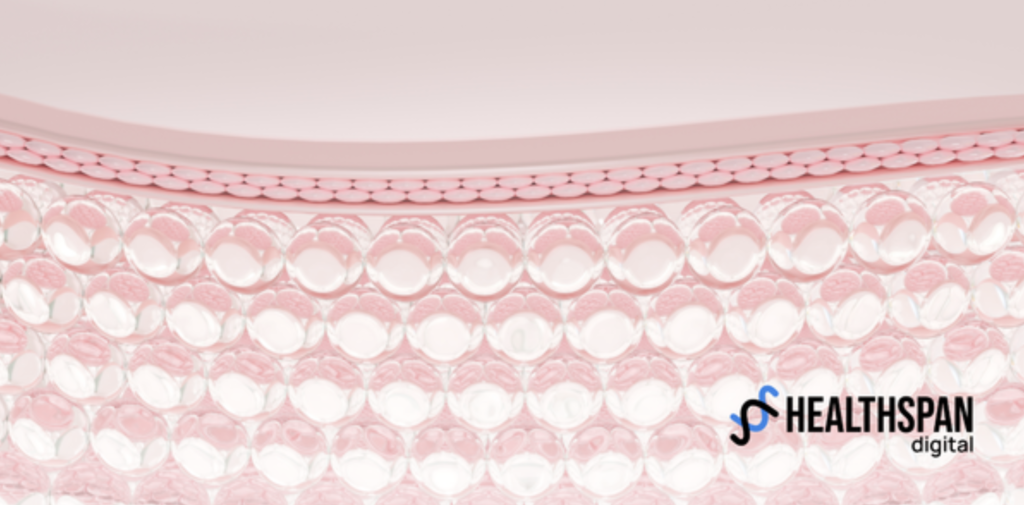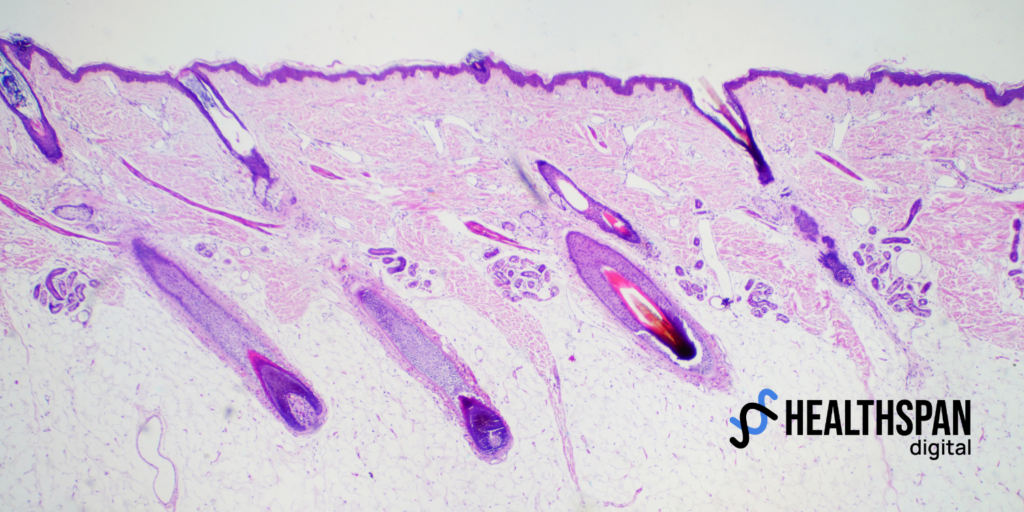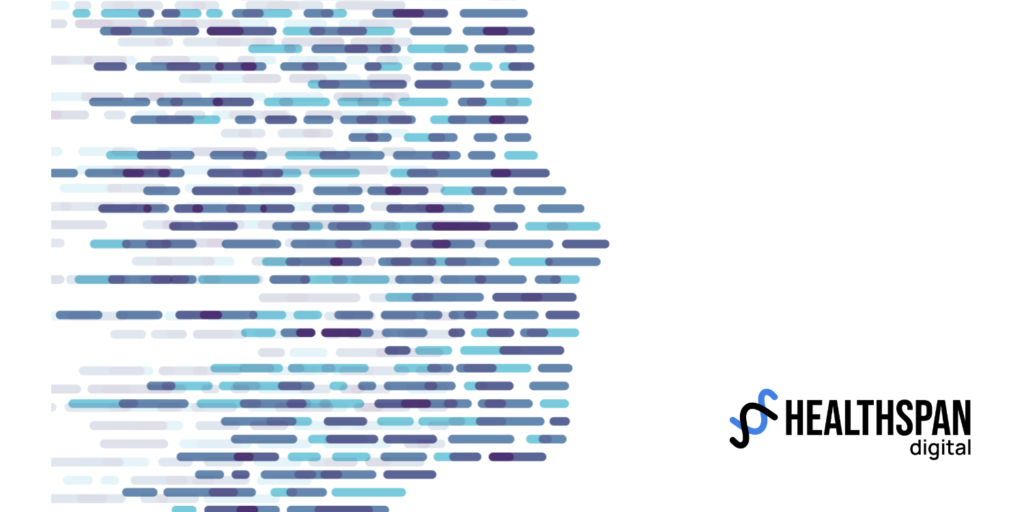Cory S. Goldberg BSc, MD, MASc, FRCSC, FACS, MBA
Most would agree that beauty reflects health. What if beauty was also a determinant of HealthSpan, and a way to measure it? In fact, beauty is all these things.
I recently wrote an article entitled “HealthSpan and Cosmetic Medicine: A Paradigm Shift” , which considers the core importance of maintaining organ health to maximize “BeautySpan”. The article aimed to shift the mindset of cosmetic doctors away from camouflaging symptoms of aging in a reactive manner and towards preventing the aesthetic manifestations of aging at the root cause of system-wide organ cellular DNA health. This is based on a relatively simple premise that most would accept as inherently true — that beauty is a reflection of health.
However, since skin is our largest organ what role does it play in our overall health? The skin plays many roles important to our systemic health, including mechanical and immunologic protection, thermoregulation, water and electrolyte balance, and production of Vitamin D (1,25-dihydroxycholecalciferol), to name just a few.
The skin also serves as our radiation shield, absorbing UV and many other types of radiation, protecting our vital organs. Your Dermatologist or Plastic Surgeon have certainly impressed on you the importance of taking care of your radiation shield since you only get one suit of skin and it needs to last a lifetime!
In fact, UV radiation to the skin directly causes cellular aging. A paper published by Kaveh et al. this month is the British Journal of Dermatology showed that hypomethylation of skin cellular DNA directly correlates with the presence of solar elastosis — sun damaged skin. In other words, the aging of your skin is directly related to sun exposure.1 In fact, even brief exposures to UV radiation initiates age related DNA changes2, so when you forgot your sunscreen that one day at the beach last summer — you aged your skin directly, in a measurable way.
However, the depth of the health of the skin and UV radiation doesn’t stop at the skin. These DNA changes produce senescent cells in the skin, the colloquial “zombie” cells. A study by Farr et al. showed that senescent cells in the skin spread to other organs and “infect” cells, converting into more “zombies”. So, the impact of UV skin damage is that more senescent cells seed in other organs and cause systemic aging.
That’s right. Sun exposure directly not only ages your skin, but it directly harms and ages the rest of you as well. Beauty is not just a reflection of health but is also a direct determinant of it. Beauty is most certainly not just skin deep, and each exposure to UV hastens systemic aging and disease.
The relationship between systemic health and skin health is bidirectional and is directly visible. Thus, the appearance of the skin is a powerful potential tool to also measure systemic health.
AI Nexus Healthcare has developed technology that does exactly that. Using a wide array of data and machine learning their technology uses facial images to predict adverse systemic health issues even before symptoms develop.
So, your skin is a reflection, a determinant, and a measurement of your health. When your Dermatologist or Plastic surgeon tells you to protect yourself from the sun, they’re not just trying to help maintain your beauty, they’re trying to improve your HealthSpan.
Cory S. Goldberg BSc, MD, MASc, FRCSC, FACS, MBA



